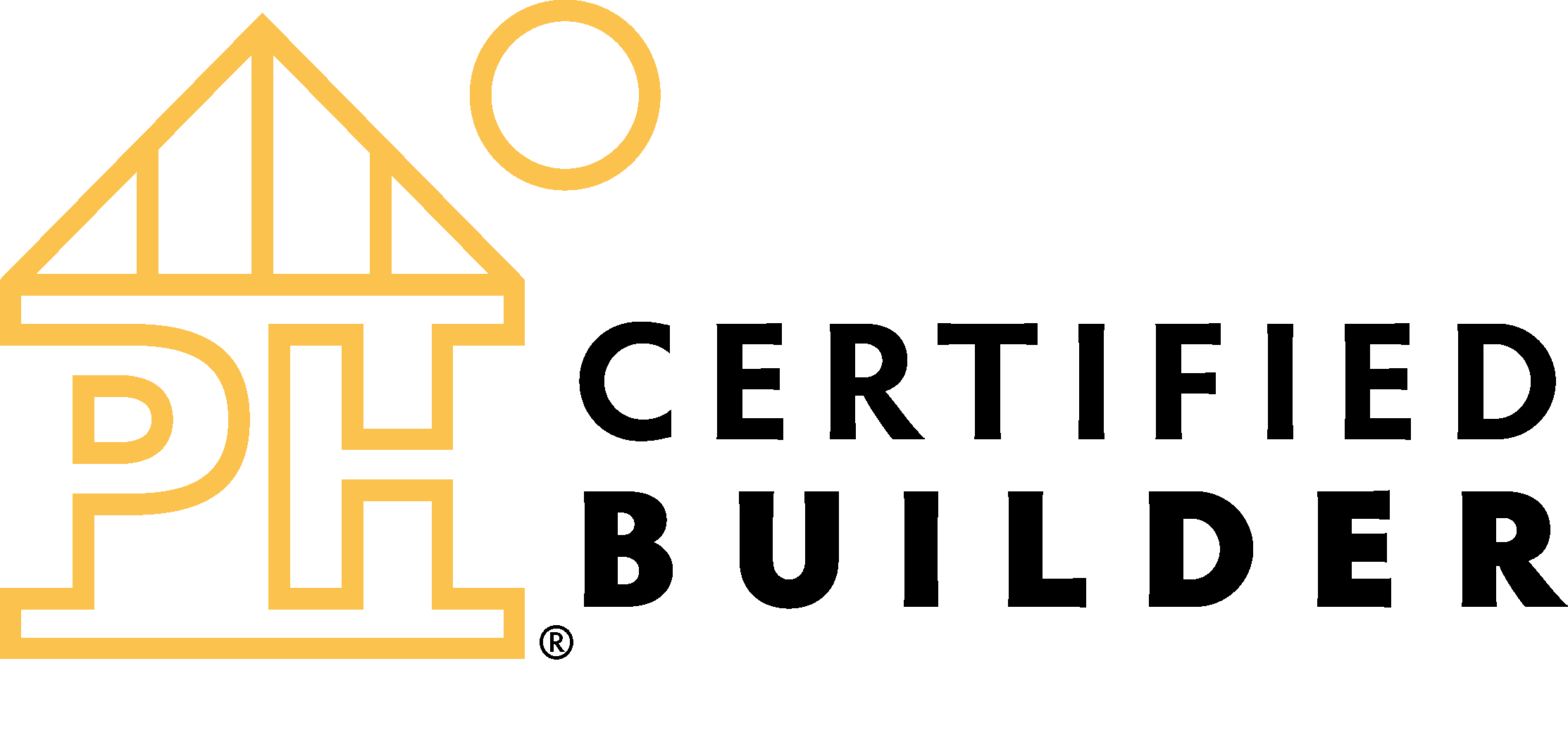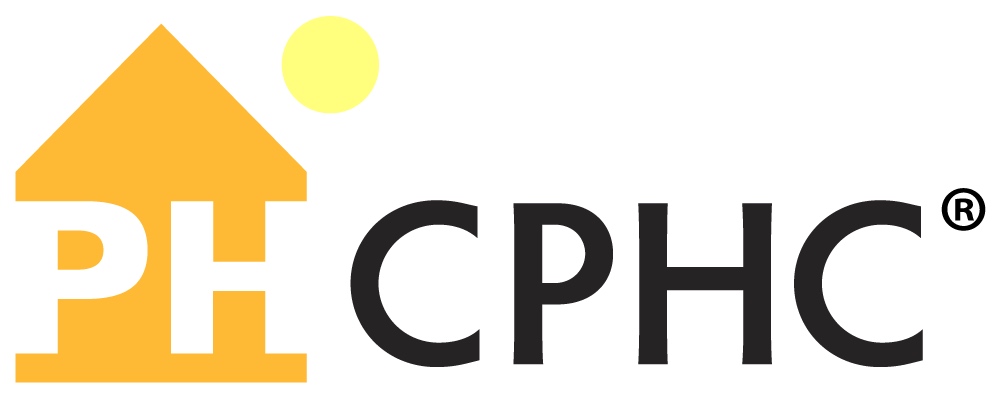A high performance building is one that is intentionally designed and built to provide extreme levels of energy efficiency, high levels of occupant comfort, high indoor air quality, timeless beauty, and are meant to last a very long time. High performance buildings are less expensive to operate, increase quality of life, and reduce environmental impacts associated with the built environment. To learn more about the many benefits of high performance buildings, click on the icons below.
-
 Beauty
BeautyTimeless beauty should be synonymous with high performance homes. By creating beautiful spaces, we are investing energy and materials into buildings that will last for centuries. Beauty translates to longevity, and longevity of a building means a lighter environmental footprint.
Beauty
BeautyTimeless beauty should be synonymous with high performance homes. By creating beautiful spaces, we are investing energy and materials into buildings that will last for centuries. Beauty translates to longevity, and longevity of a building means a lighter environmental footprint.
As energy efficient building science can be applied to any architectural style, you can choose the aesthetic that fits your taste. Visit our portfolio to view some beautiful high performance homes we’ve built in the Portland area. -
 Comfort
ComfortComfort is a key benefit to high performance homes. Continuous insulation around the perimeter of a structure helps maintain consistent temperatures throughout the house. Triple pane windows and airtight doors mean no cold drafts. An efficient heating and cooling system reduces the effects of moving air, while replacing stale air with fresh. Plenty of natural light and reduced noise pollution further add to the extremely high level of comfort in these homes.
Comfort
ComfortComfort is a key benefit to high performance homes. Continuous insulation around the perimeter of a structure helps maintain consistent temperatures throughout the house. Triple pane windows and airtight doors mean no cold drafts. An efficient heating and cooling system reduces the effects of moving air, while replacing stale air with fresh. Plenty of natural light and reduced noise pollution further add to the extremely high level of comfort in these homes. -
 Air Quality
Air QualityPeople who live in high performance homes continually remark on the exceptional air quality. Interior air is continuously exchanged for outside air that has been filtered and tempered before entering the building, resulting in air that feels and smells great. Cooking smells don’t linger, allergens and pollutants don’t enter the home, and mold is far less likely to form inside walls. Better indoor air quality means a healthy, pleasant living environment.
Air Quality
Air QualityPeople who live in high performance homes continually remark on the exceptional air quality. Interior air is continuously exchanged for outside air that has been filtered and tempered before entering the building, resulting in air that feels and smells great. Cooking smells don’t linger, allergens and pollutants don’t enter the home, and mold is far less likely to form inside walls. Better indoor air quality means a healthy, pleasant living environment. -
 Durability
DurabilityHigh performance homes are designed to far outlast conventional buildings. To meet rigorous performance standards set by third party entities, the best practices in building science are used alongside the highest quality materials. Details such as rain screens behind siding and smart wall assemblies ensure a dry house; utilizing the latest techniques for seismic zones promotes peace of mind. These are homes built for generations.
Durability
DurabilityHigh performance homes are designed to far outlast conventional buildings. To meet rigorous performance standards set by third party entities, the best practices in building science are used alongside the highest quality materials. Details such as rain screens behind siding and smart wall assemblies ensure a dry house; utilizing the latest techniques for seismic zones promotes peace of mind. These are homes built for generations. -
 Energy Savings
Energy SavingsHigh performance homes are great for your wallet. Energy efficiency features reduce heating and cooling loads substantially, so energy bills are significantly lower than in standard homes. Bills may even reach zero when a building produces as much energy as it consumes (See “Net Zero Energy Homes”). Maintenance costs are also lower, thanks to more durable building systems. Furthermore, homes with green certifications tend to have a higher resale value.
Energy Savings
Energy SavingsHigh performance homes are great for your wallet. Energy efficiency features reduce heating and cooling loads substantially, so energy bills are significantly lower than in standard homes. Bills may even reach zero when a building produces as much energy as it consumes (See “Net Zero Energy Homes”). Maintenance costs are also lower, thanks to more durable building systems. Furthermore, homes with green certifications tend to have a higher resale value. -
 Health
HealthHigh performance homes have a number of features that create great indoor air quality and they’re built with non-toxic materials that don’t off-gas. As a result, people with asthma, allergies or chemical sensitivities tend to feel better. Children, the elderly—anyone with compromised immune systems—encounter fewer bacteria. In this way, your high performance home may also lower your medical bills.
Health
HealthHigh performance homes have a number of features that create great indoor air quality and they’re built with non-toxic materials that don’t off-gas. As a result, people with asthma, allergies or chemical sensitivities tend to feel better. Children, the elderly—anyone with compromised immune systems—encounter fewer bacteria. In this way, your high performance home may also lower your medical bills.
High performance buildings are not just healthy for people; they’re also healthy for the planet. They are built with sustainable, often recycled materials and they use less energy. A full 41% of all the energy we produce in this country is used to power our homes and businesses. If you want to take a big step toward keeping our planet healthy and livable, build a high performance home.
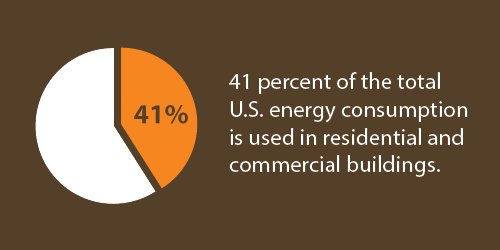
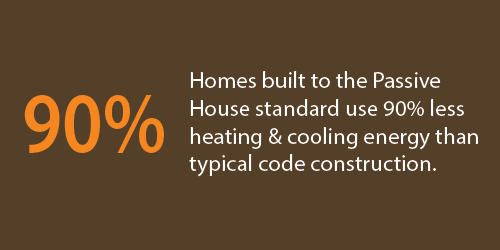
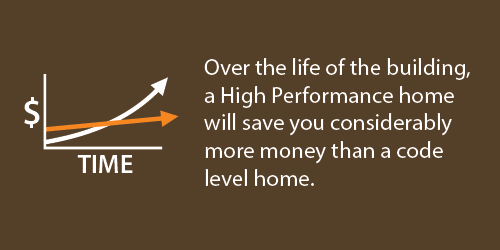
Passive House
Passive House is the world’s leading standard in energy efficient building construction. Developed in Germany in the early 1990’s, a Passive House uses up to 90% less energy for heating and cooling than a standard building. The approach’s appeal is in its simplicity: Exploit the sun’s energy, employ continuous insulation, seal out any leaks, and ventilate with heat recovery. The performance is meant to aggressively meet the climate crisis carbon reduction imperative while making a comfortable, healthy and affordable built environment.
Net Zero Energy Homes
Lower Your Energy Bills to Zero
The basic principle of net zero energy homes and offices is that they produce as much energy as they consume over the course of a year. There are two steps in achieving net zero energy: The structure must have at least one way to generate renewable energy (solar panels are the most common), and the building must be extremely efficient so that it consumes as little energy as possible.
Standards & Certifications
Talk to us about how any of these certifications and standards may fit your project.
Recent studies have shown that buildings with green certifications have a higher resale value than non certified comparable homes.
Ask Birdsmouth about the following standards and certifications for your next project:
- Earth Advantage New Homes, ADUs, and Earth Advantage Remodel Programs
- Passive House Institute US
- Energy & Environmental Building Alliance
- Living Building Challenge
- Forest Stewardship Council
- WaterSense
- U.S. D.O.E Challenge Homes


